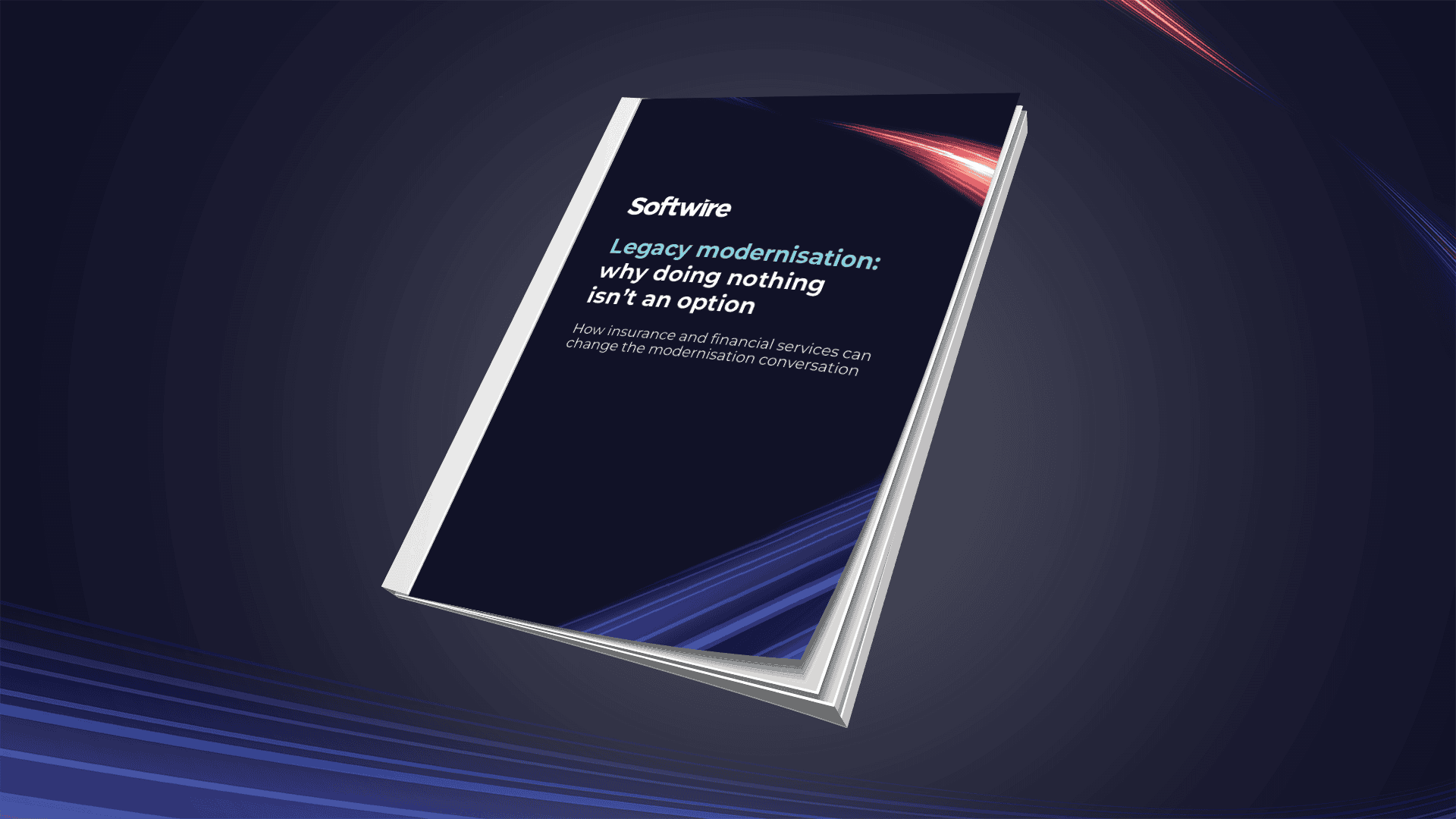
For any CTO to deliver on their vision, and support the organisation’s strategic and tactical aims, a fit-for-purpose technology setup is essential. Its makeup will depend entirely on what your organisation does, who you do it for, your budget and, let’s face it, your organisation’s risk appetite.
These things aren’t constant, either: internal and external factors will result in a need to evolve the technology underpinning your operations. Happily, with expanding availability and acceptance of cloud-based platforms and software, this is much easier than it once was. But having quick and often low-cost access to shiny new tech can also have its drawbacks, such as cloud sprawl that’s both costly and a headache to manage.
To help you continually mould a technology estate that genuinely supports your organisation, we’ve outlined our four-step process below.
1. Assess your current technology landscape
Whether you’re new to the organisation or have been in-post for some time, it’s valuable to take stock of your current technology and assess how well it is supporting the wider vision.
Map out your technology
What hardware and applications have you got? How are the various components connected to, and dependent upon, one another? What is the business-importance of each piece of infrastructure and application?
Are your systems and applications genuinely supporting the organisation’s aims?
Where are the friction points and frustrations?
What key events do you need to be aware of?
When will hardware and applications reach end-of-life or end-of-support? When do key contracts, such as your data centre space, come up for renewal?
What constraints must you work within?
Are you tied to particular vendors or suppliers? If so, for how long? Must certain applications and their data be stored in particular locations?
Where could artificial intelligence tools improve your operations?
The big story so far in 2023 is the buzz around new AI tools and how they are going transform the way many businesses operate. As a CTO, it’s important to be aware of what AI-enabled tools are out there, and what their capabilities are. Where could they slot into your organisation? Understanding this will enable you to capitalise on opportunities when they arise, or respond more effectively to disruption.
2. Prioritise your roadmap based on business importance
There’s a lot to consider when laying out a technology roadmap. As with other areas, it’s important you maintain focus on business importance, and are prepared to change course if circumstances require.
How will you need to evolve the technology platform to deliver on the organisation’s strategic goals? How will you simultaneously implement your own vision for a smarter, more-efficient technology function that benefits the wider organisation?
How will factors such as technology end-of-life and renewal fees impact your roadmap?
Do any tactical fixes you’ve applied, to address high-priority risks and goals, need further attention?
3. Choose appropriate technologies
As you put your roadmap in place, it pays to adhere to best-practices, to help ensure your technology landscape remains fit-for-purpose and maintainable.
What is your process for deciding which technologies get used, and where?
As new options become available, how do you assess their suitability for use in different parts of the organisation? Where something is cutting-edge or even bleeding-edge, how do you balance the opportunities it presents against the risks of using something unproven?
Favour complementary technologies
No component in your technology ecosystem operates in isolation. The technologies you choose must be compatible, as far as is necessary, with existing and future components.
Avoid having too many similar tools
You don’t want a CTO-imposed ‘exactly one tool for every job’ approach. Equally, it’s important you avoid buying and maintaining lots of tools that essentially do the same thing.
4. Ensure you have the skills to deliver and support the technologies
As important as a technology’s ability to support your vision, is your ability to support it. Do you have access to the necessary skills, both to set it up, and then run and maintain it?
This can sometimes mean delaying the implementation of certain technologies, to ensure you’ll be able to unleash their full potential. Alternatively, if there is a pressing need to start using a technology before you can upskill or recruit, consider the strategic use of temporary resources.
Maintain a continual evolution
As we indicated in the introduction, successful organisations need their foundational technology to evolve as they do. This process of assessing capabilities, and then defining and prioritising needs, is something smart CTOs revisit periodically with their teams. Doing so helps ensure the technology function is ready to deliver on both planned and unplanned demands from its internal and external customers.


